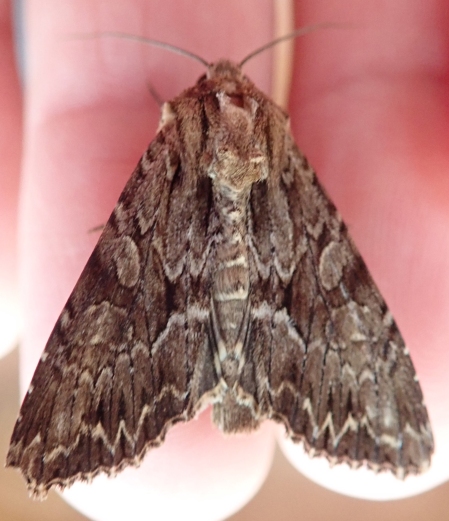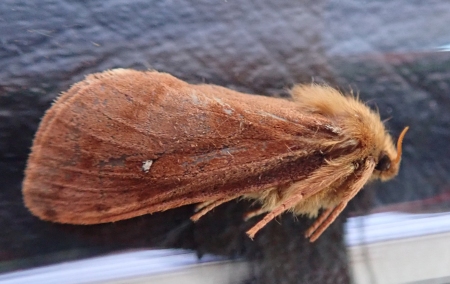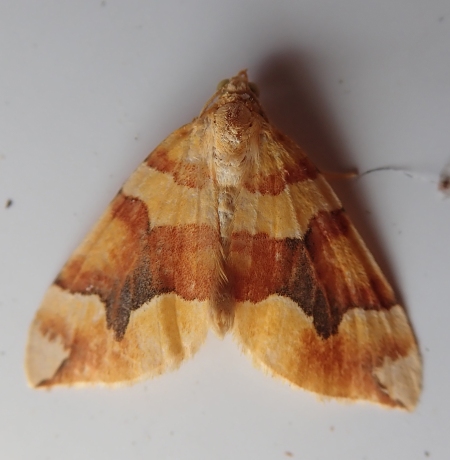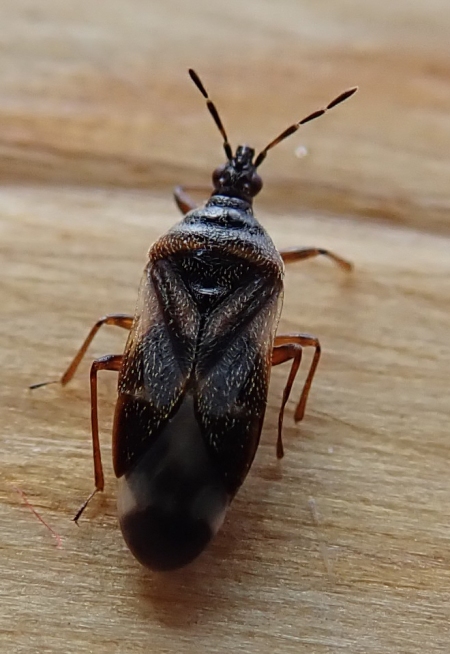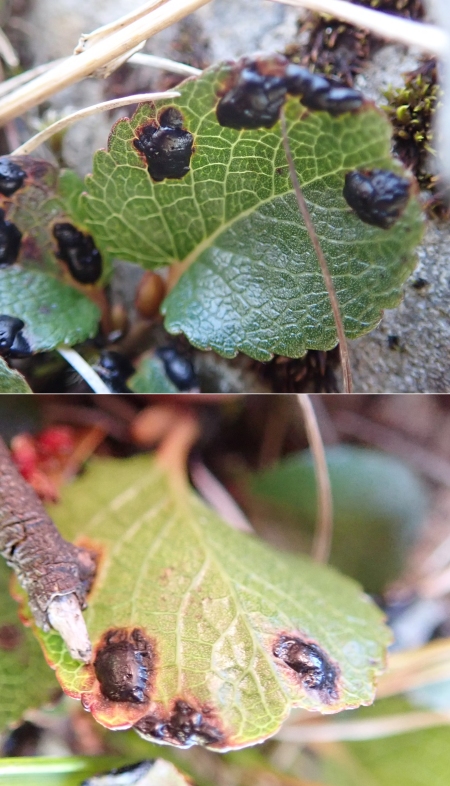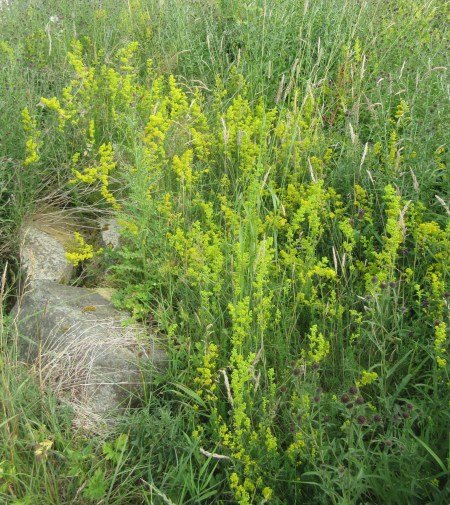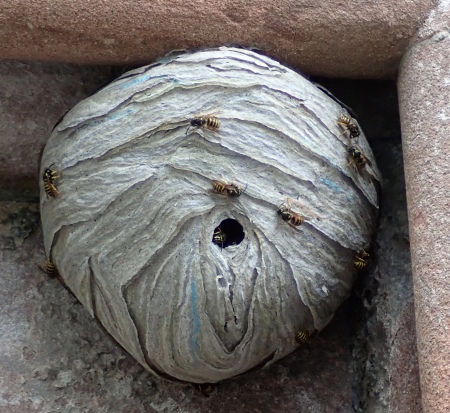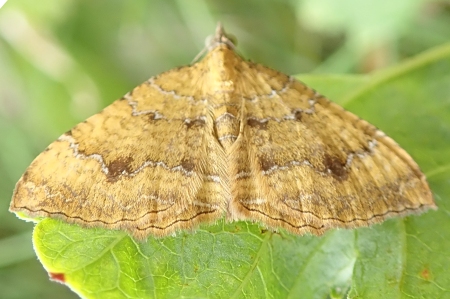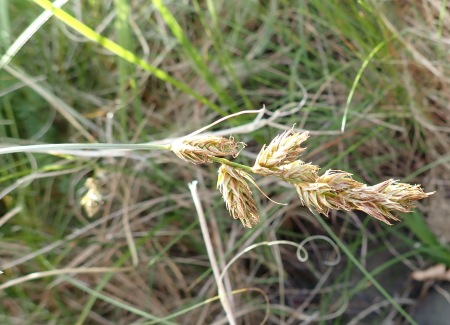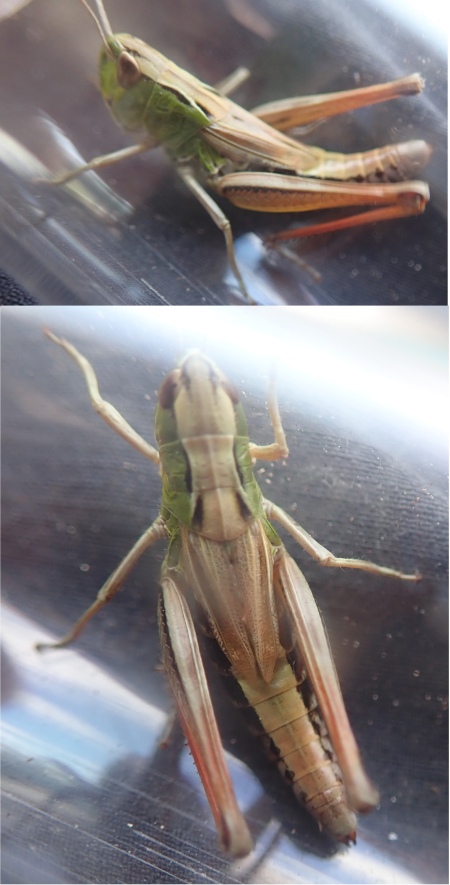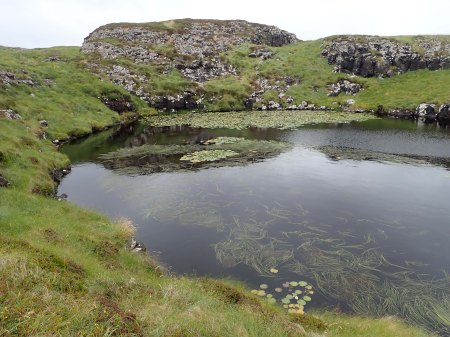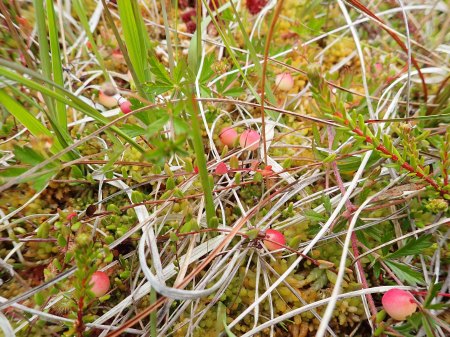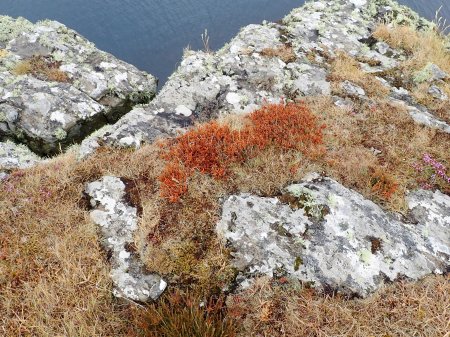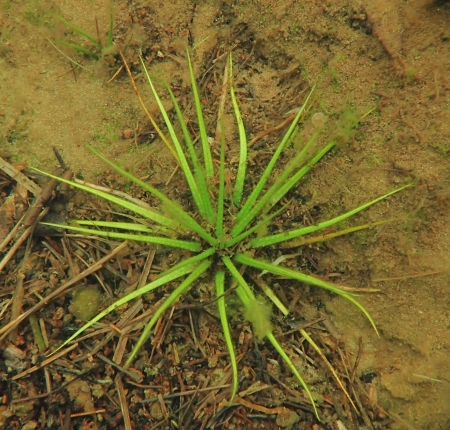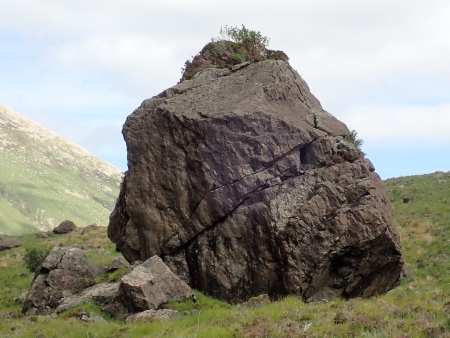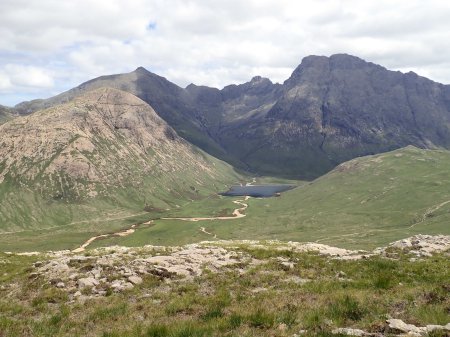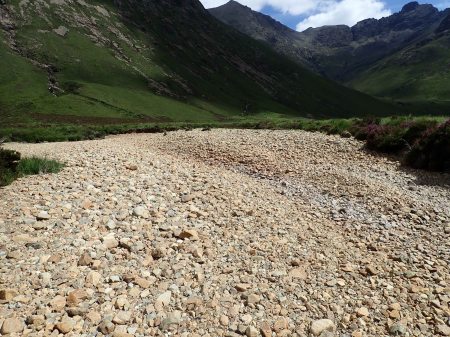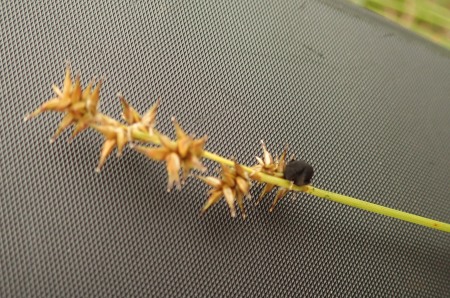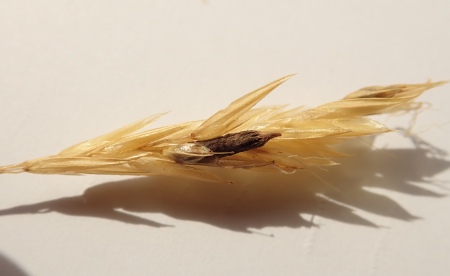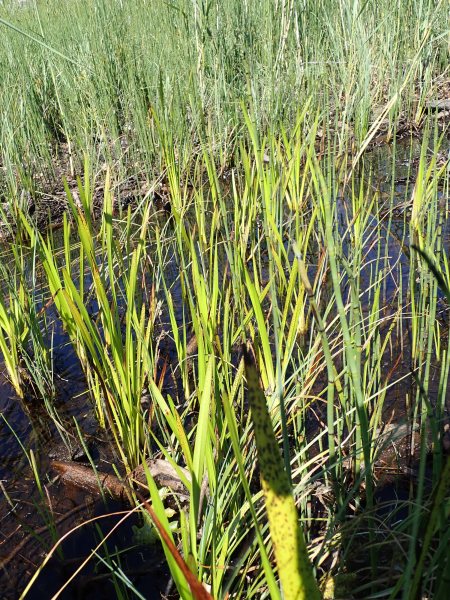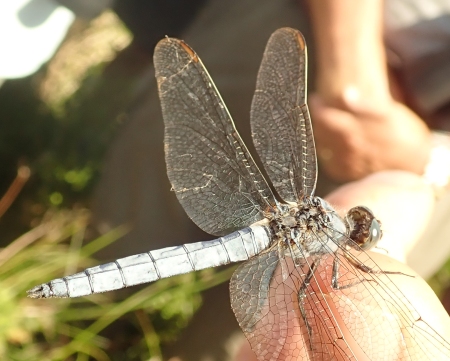This week has led to some reflection on just what should be recorded. At Dunvegan the estate undertook some roadside planting quite a few years ago so there is now a variety of semi-mature exotic trees like Acer campestre, Acer platanoides, Betula papyrifera, Betula utilis var. jacquemontii, Crataegus laevigata, Prunus cerasifera, Quercus rubra and Salix x sepulcralis nothovar. sepulcralis. Conveniently they are all labelled!
I have recorded these as they are by the road rather than behind a wall in the estate and so the records will serve as a record of origin should they spread.
At Tayinloan, there is a neglected arboretum between the new road and the old. The edges of this area gave me the Laburnum records mentioned recently but there are also many other introduced trees such as Cut-leaf Beech (Fagus sylvatica Asplenifolia):
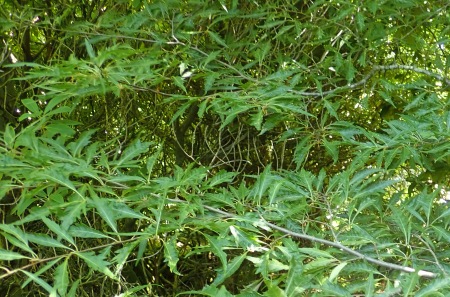
Fagus sylvatica Asplenifolia
and much more exotically, Chilean Flame Tree (Embothrium coccineum):

Chilean Flame Tree Embothrium coccineum
I haven’t ventured into the area (yet) but there looks to be a variety of exotic conifers and who knows what else. So far I have not recorded these formally.
And then, on Raasay, the new Distillery has planted a wildflower meadow with all sorts of things never seen in these parts before, plus a few that have or may have been – like Medicago lupulina (Black Medick). Should I record these using the same logic as the planted trees at Dunvegan i.e. they may spread?
But no…. BSBI guidance says record:
- Everything up to boundary of gardens [this would include parks and estates (public or private), and cemeteries, though the boundaries will often be obscure]. This should include anything planted outside these, including street trees.
- Planted trees in estates etc. are as worth recording as street trees.
- Cultivated crops (annual or perennial), allotments, game cover and wildlife strips… should be treated as gardens, i.e. ignored other than the weeds of the planted/seeded area.
Hmm.. always room for debate around these things. But maybe I should record planted trees in e.g. Dunvegan Castle grounds and tackle the exotic conifers at Tayinloan.
Later: Less than 12 hours after writing this I have had a report of Medicago lupulina (Black Medick) (and Phleum bertolonii (Smaller Cat’s-tail)) from a recently re-seeded area beside the Coral Beach car park. Thanks, John.


